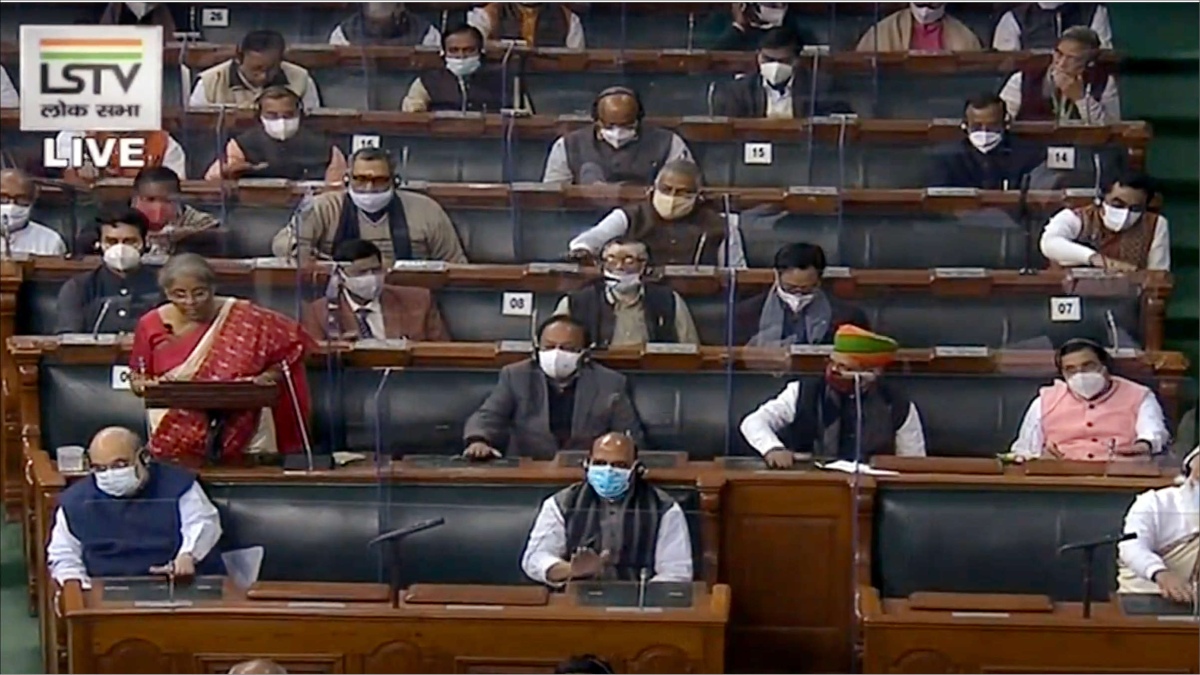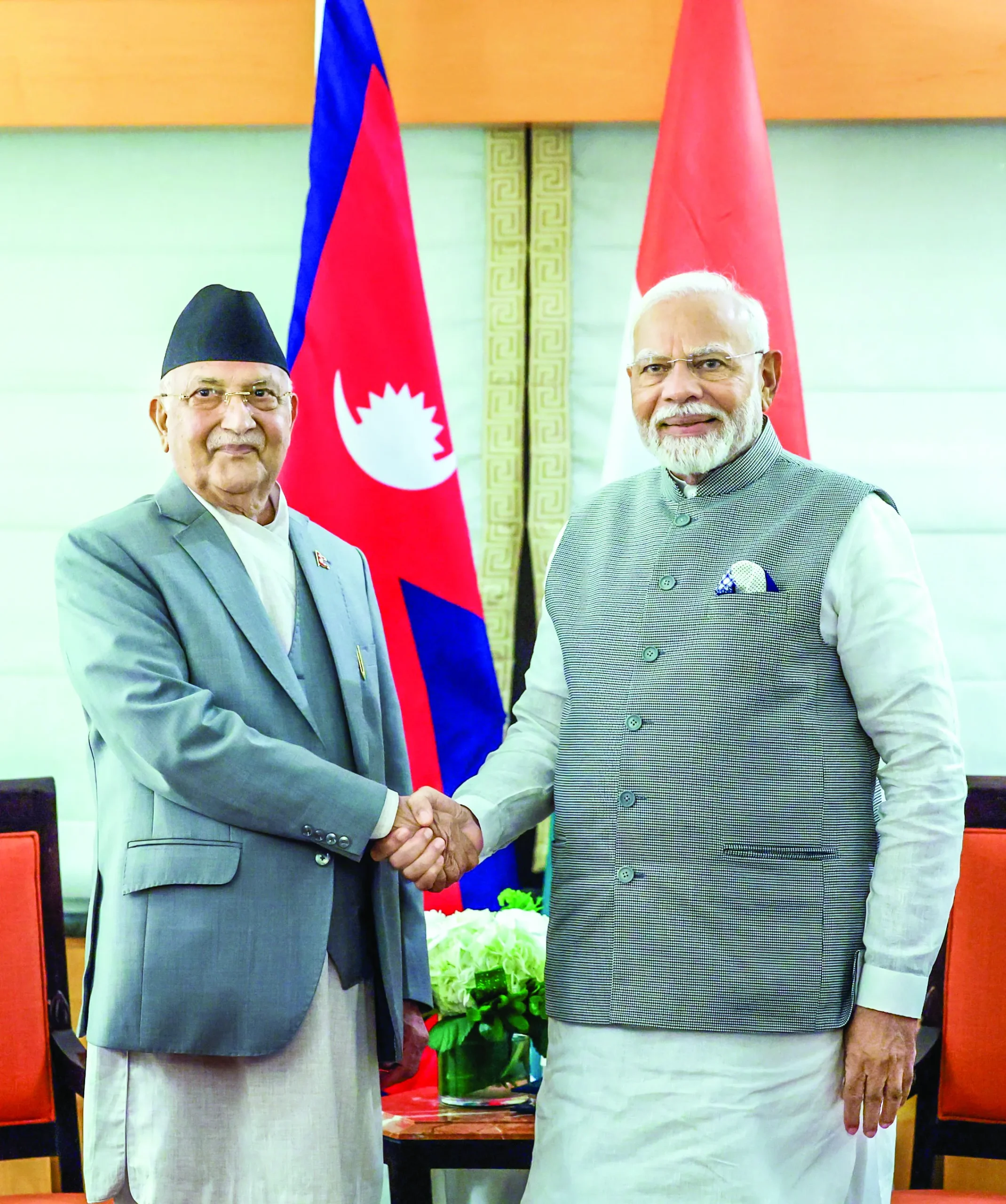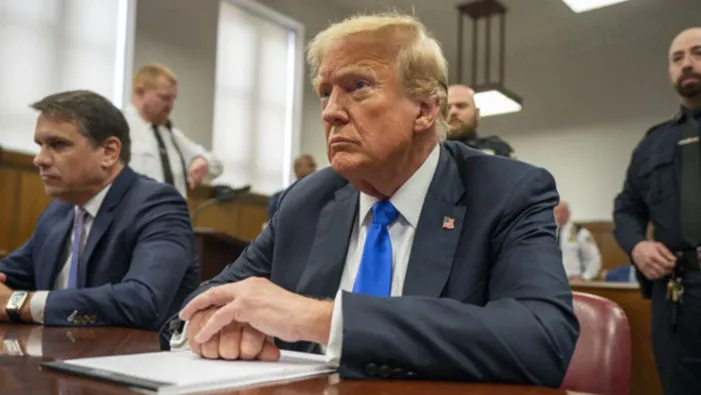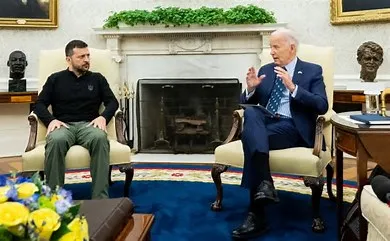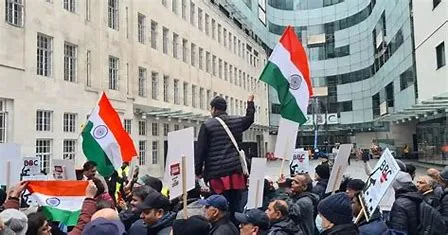This is a Budget for a young, self-reliant and confident India that is ready to take its rightful place in the world. This is going to kickstart the economy in a big way just when the country is ready to win the decisive fight against Covid-19. This will create a solid roadmap for a five-trillion-dollar economy and a modern India that we aspire for.
The Budget 2021-22 works as per the BJP’s core philosophy on the role of the government and private businesses. The Modi government’s underlying theme has been to push the idea of allowing more and more private sector participation and reduce the role of the government in all spheres. The core philosophy of the BJP says that ‘that government is the best, which governs the least’. This means having less of the government, but having better governance. But while private players should be allowed a larger role in the development of the country, the government should focus on health, welfare, education and other infrastructure so that the poor and the needy are not neglected. This is what British Prime Minister Margaret Thatcher did in the United Kingdom in the 1980s. She faced immense resistance from the ones with vested interests who advocated nationalism and complete state control, but her decisions on privatization changed the country like never before. People loved her for her courage. Even today, she is known as the first ‘Iron Lady’ of world politics.
The mammoth organisation of the government needs to be dismantled and governance needs to be made more transparent and accountable. Prime Minister Narendra Modi is doing this by strengthening Digital India, using information technology to make life simpler and encouraging people to do their business honestly. Faceless tax assessment and scrutiny and faceless appeals are one such example. Making compliance easier and taxation transparent point to the same. Decriminalisation of companies under the LLP Act to increase ease of doing business will also encourage people to invest energy and money in small businesses.
The other side of this key philosophy is to take the government off of doing business which private players can do better. We need to figure out why India has not been able to create more multinational corporations (MNCs) like other countries have? The government must trust local industrialists and private players. They would generate wealth and employment and also make India globally competitive.
What then should be the role of the government? To take care of the poor and the needy, to strengthen its role in healthcare, education and transport infrastructure, and to focus on creating a better life for one and all.
Increasing the FDI limit in the insurance sector and allowing public participation in LIC, and divestment of public assets should be seen in this context. Some of these have become white elephants due to inefficiency and poor management and they need to make way for private participation. What is the ideology behind not allowing private participation in national airlines, railways and ports—more so when even defence production has been opened to the private sector? Setting up a single window for better asset management is a welcome proposal that will also profitably unlock the land occupied by the government sectors.
India needs better roads, railways, metros and airway facilities. Various allocations would ensure that we have better connectivity. The country needs better railway infrastructure with embedded security systems. The massive expenditure in capital expenditure for the railways should be seen in that context. Expenditure has also been earmarked for the expansion of road infrastructure in Tamil Nadu (Rs 1.03 lakh crore), Kerala (Rs 65,000 crore), West Bengal (25,000 crore) and Assam (34,00 crore). The government has planned the expansion of the metro in Chennai and Bangalore too and announced the introduction of Metro Light and Metro Neo in tier-two cities.
The Budget 2021, as expected, has tried to boost the momentum which the Indian economy has gained after the negative impact of the lockdown that came after the Covid-19 Pandemic. From predicting a GDP growth of -23.9 percent and then -7.7 percent, the economy is now supposed to hit 11 percent growth, which would be quite respectable. The Budget shows that the government is not too worried about fiscal targets as the aim is to give a kickstart to Aatmanirbhar Bharat.
The government’s focus on health and healthy living has been demonstrated by the launch of PM Swastha Bharat Yojana at an expenditure of Rs 64,100 crore. This is something like the Ayushman Bharat Pradhan Mantri Jan Arogya Yojana which the Prime Minister had announced in 2018. This was to give an insurance cover of Rs 5 lakh to 50 crore people. About 16 crore people have already benefited from this game-changing decision. The PM SBY will add to that in a big way. Bringing nutrition under the mission mode and the extension of the Jal Jivan Mission to provide tap water to close to three crore people should also be seen in this context. Measures to check air pollution and the much-needed Vehicle Scrapping Policy are also welcome steps.
Making education qualitatively better is also an area of focus for this government. While the New Education Policy has given a big push to quality education, we need to standardise the system and provide good education to one and all. More than 15,000 schools are to be strengthened, 750 Eklavya Vidayalas to be set up with the increased budgetary allocation for each such school and 100 sainik schools are to be opened to provide new opportunities.
Those who were critical of the Modi government due to the farmers’ agitation that has sought the rollback of the three farm legislations would be left with no arguments after this Budget that gives a big push to agriculture. The government has earmarked funds for strengthening and improving APMCs, giving a strong statement that APMCs are not going away but they must become more efficient. Finance Minister Nirmala Sitharaman, while talking about agriculture, pointed out the wheat and paddy procured by the government under MSP. To take an example, paddy procurement is likely to touch Rs 1.72 lakh crore (2020-21) in place of Rs 63,928 crore in 2013-14. While earlier MSPs were announced but not implemented, under the Modi government, the purchases have increased manifold. The Swamitra Yojana, which gives land rights to tillers, has also been expanded and an agriculture credit of Rs 16.5 lakh crore has been earmarked.
Pensioners aged 75 years and above have been given the benefit of not filing IT returns and most incentives such as tax benefits will continue as before despite the Covid-19 stress. Tax incentives for affordable housing, for startups, and a decreased limit for non-collateral loans for SC, ST and women have been hallmarks that will create new enthusiasm in people to be a part of the economic growth and work harder.
Moreover, to take away the fears of people, the government has already earmarked Rs 35,000 crore for Covid-19 vaccines and announced that two more vaccines are on their way. The Budget seems to be aimed at changing the mood of the nation by making people forget the hardships they underwent due to the pandemic and making it clear that India is looking up like never before.
The writer is convener of the Media Relations Department of the BJP and represents the party as a spokesperson on TV debates. He has authored the book ‘Narendra Modi: The Game Changer’. The views expressed are personal.

